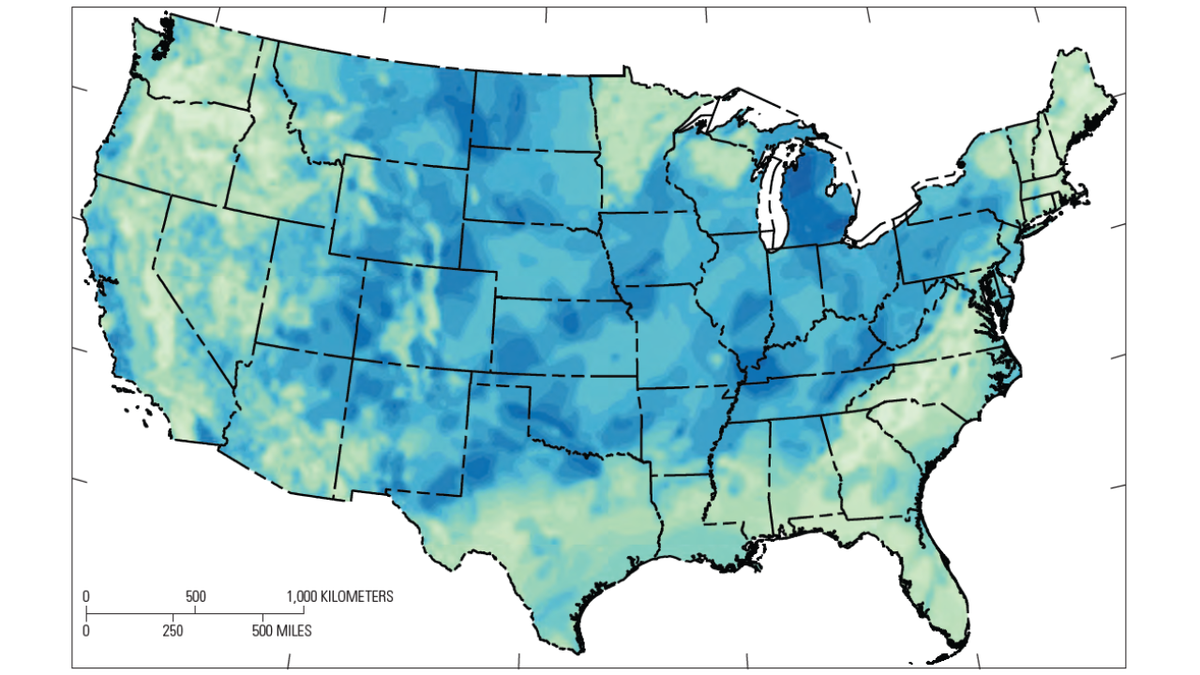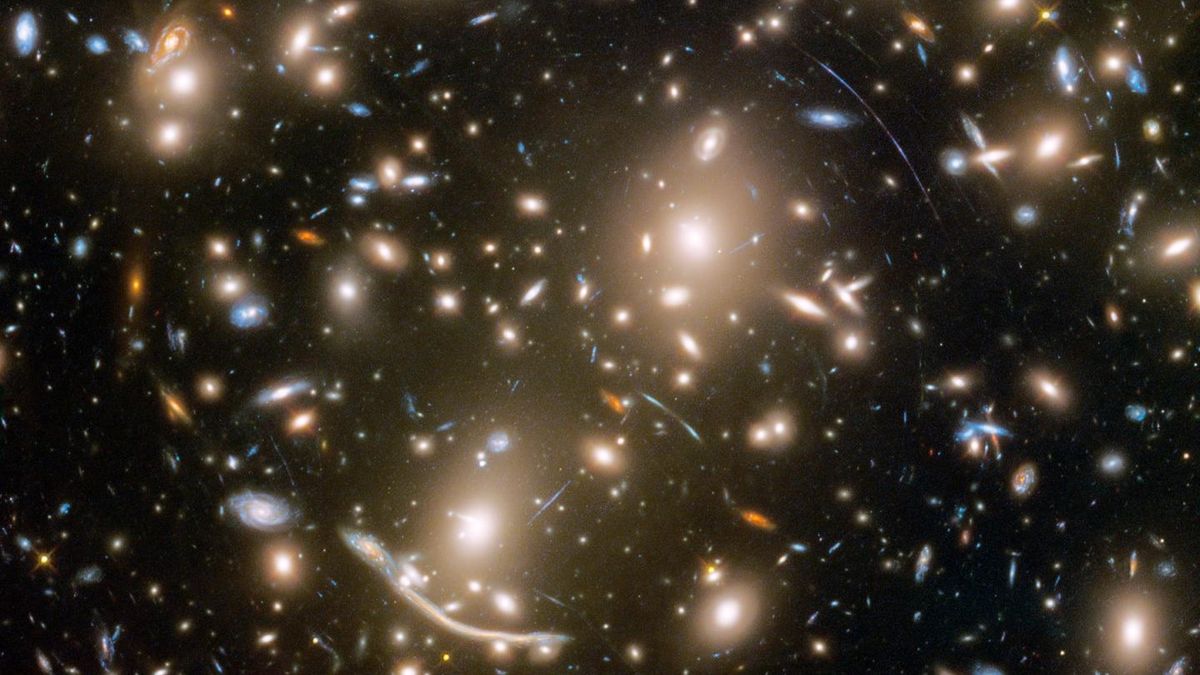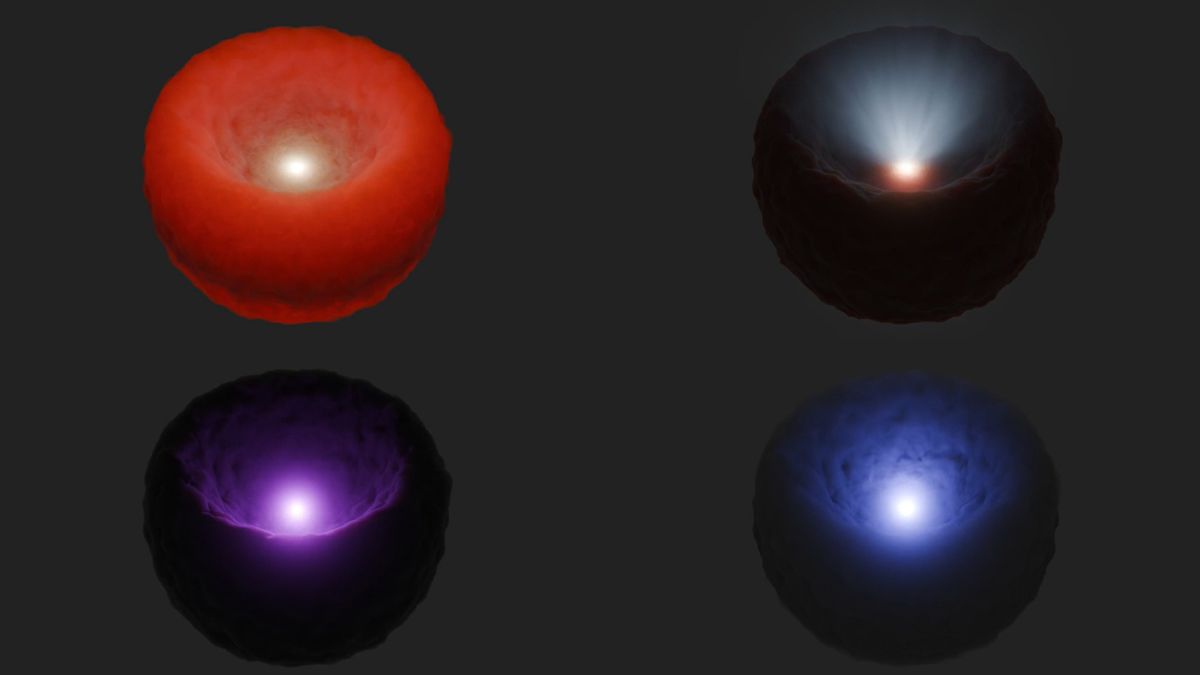A first-of-its-kind map of the United States has revealed the likely locations of huge, naturally occurring hydrogen reserves.
The map, which you can explore here, is the first to show prospective locations for hydrogen on such a huge scale, marking areas where hydrogen gas may be lurking beneath the surface in quantities large enough to extract.
The researchers who created the map already suspected there could be more hydrogen buried in Earth’s crust than scientists previously thought. But now that the results are out, even the team that created the map can’t quite believe their eyes, according to a statement.
“For decades, the conventional wisdom was that naturally occurring hydrogen did not accumulate in sufficient quantities to be used for energy purposes,” Sarah Ryker, associate director for energy and mineral resources at the U.S. Geological Survey (USGS), who did not participate in the research, said in the statement. “This map is tantalizing because it shows that several parts of the U.S. could have a subsurface hydrogen resource after all.”
Related: Massive helium reservoir in Minnesota could solve US shortage
The map is graded from white to dark blue, with dark blue indicating areas that are highly prospective, meaning they are very likely to hold vast hydrogen reserves, and white indicating areas that are not prospective. Highly prospective areas include most of Michigan, eastern Kentucky and southern North Dakota, as well as parts of Kansas, Colorado, Wyoming, Iowa and Oklahoma.
Whether a region is a prospective location for hydrogen depends on three main factors coming together: a source (or sources) of hydrogen, reservoir rocks and natural seals to trap the gas underground. Geologic hydrogen — hydrogen that occurs naturally, also known as “white” or “gold” hydrogen — is produced through chemical reactions in rocks, the simplest being a reaction that splits water into hydrogen and oxygen.
The map shows that at least 30 U.S. states have the conditions needed for hydrogen to accumulate belowground. There is high potential for the gas to be found in large swathes of the Midwest, as well as in areas along the California coast and Eastern Seaboard, according to the statement.
Hydrogen is a source of clean energy. Researchers project that it will account for up to 30% of the future energy supply in some sectors, with demand likely to rise fivefold by 2050.
In a study published last month, the same researchers calculated that Earth’s total buried hydrogen reserves could amount to 6.2 trillion tons (5.6 trillion metric tons) of gas. Just 2% of that would supply all the energy required to power the world for 200 years, they said.
But that estimate came with no indication of where those reserves are located, which dictates whether they are accessible and, therefore, extractable. In the previous study, “we showed there is a significant potential for geologic hydrogen as an emerging energy resource,” Sarah Gelman, a geologist with the USGS Central Energy Resources Science Center who participated in the new research, said in the statement. “The logical next step was to find where it might be in the United States.”
The map and an accompanying report detailing the results were published Thursday (Jan. 16) on the USGS website.















